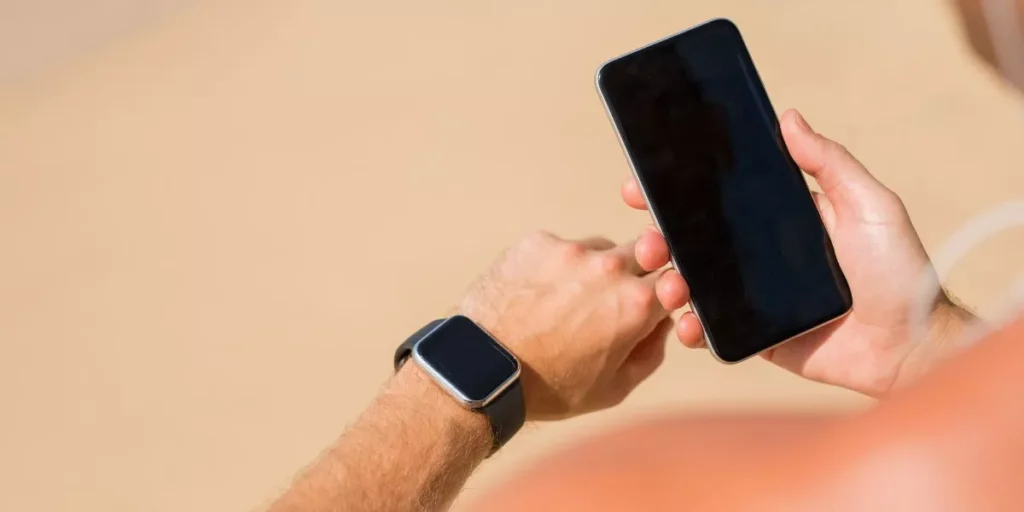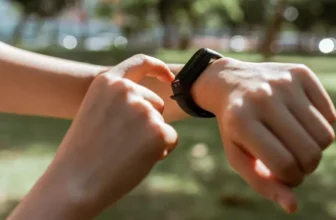
When it comes to incorporating wearable tech into your daily life, the question of long-term safety can give pause. With concerns ranging from the potential health impacts to privacy considerations, it’s essential to weigh the benefits against the risks. From tracking your fitness to monitoring your sleep patterns, wearable devices offer convenience and insights, but at what cost? As technology continues to evolve, the discussion around the safety of prolonged wearable tech use becomes increasingly relevant. So, what should you consider before strapping on that smartwatch or fitness tracker for the long haul?
Potential Health Risks
When considering the long-term use of wearable tech, it’s important to be aware of potential health risks associated with prolonged exposure. One of the primary concerns is the impact on your eyesight. Staring at screens for extended periods can lead to digital eye strain, causing symptoms like dry eyes, headaches, and blurred vision. To mitigate this risk, it’s advisable to take regular breaks and adjust the screen brightness to reduce eye strain.
Another health risk to be mindful of is the potential for skin irritation. Wearing devices like smartwatches or fitness trackers that are in constant contact with your skin can sometimes cause irritations or allergic reactions. Keeping the wearables clean and dry, as well as opting for devices with hypoallergenic materials, can help prevent skin issues.
Moreover, the electromagnetic radiation emitted by some wearable devices has sparked concerns about its impact on health. While research on this topic is ongoing, it’s recommended to maintain safe distances from the body, especially during sleep, to minimize potential exposure. By staying informed and taking necessary precautions, you can enjoy the benefits of wearable tech while safeguarding your health.
Impact on Daily Activities
The constant connectivity provided by wearable tech can significantly impact your daily activities, streamlining tasks and enhancing productivity. With smartwatches, for instance, you can easily set reminders, check notifications, and track your fitness goals without having to reach for your phone constantly. This seamless integration into your daily routine can save you time and make multitasking more efficient.
Wearable tech also revolutionizes how you interact with technology during activities like workouts or meetings. Fitness trackers monitor your heart rate and steps, providing real-time feedback to help you optimize your exercise routine. Smart glasses can display important information hands-free, allowing you to stay focused during meetings or presentations. By enabling quick access to information and notifications, wearable devices empower you to stay organized and informed throughout the day.
Data Privacy Concerns
As you harness the convenience and efficiency of wearable tech in your daily activities, it’s imperative to consider the potential data privacy concerns that may arise. Wearable devices like smartwatches and fitness trackers collect a vast amount of personal data, including your location, health information, and daily routines. This data, if not properly secured, could be vulnerable to breaches, hacking, or misuse.
One major concern is the risk of unauthorized access to your sensitive information. Hackers could potentially intercept your data transmissions or gain access to the cloud servers where your information is stored. Moreover, the continuous tracking of your activities raises questions about who’s access to this data and how it may be used or shared without your consent.
To mitigate these risks, it’s essential to carefully review the privacy policies of the wearable tech you use, ensure that the devices have robust security features, and regularly update their software. Being vigilant about the data you share and taking steps to protect your privacy can help you enjoy the benefits of wearable tech without compromising your personal information.
Recommendations for Safe Usage
For safe usage of wearable tech, prioritize regularly updating the device’s software to ensure optimal security measures. Manufacturers frequently release updates that address vulnerabilities and enhance the device’s protection against cyber threats.
Additionally, it’s crucial to carefully review the permissions granted to wearable tech applications. Limit the data accessible to these apps to only what’s necessary for their functionality.
Be cautious when connecting your wearable device to public Wi-Fi networks, as these connections can be targets for hackers. Consider using a virtual private network (VPN) for added security when accessing the internet on your wearable tech.
Moreover, protect your wearable device with a strong password or biometric lock to prevent unauthorized access. Regularly monitor your wearable tech for any unusual activity or notifications, as these could indicate a security breach.
Trending Products
























